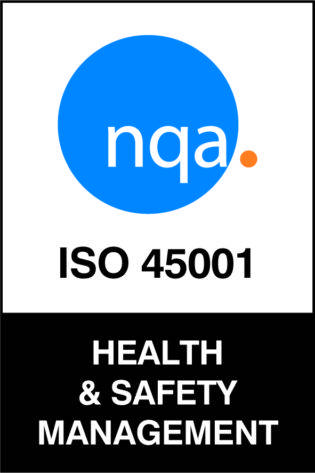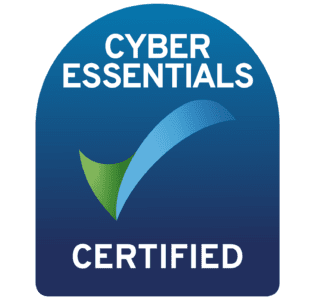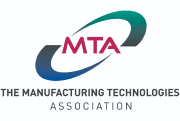-
Up to 3 mm coiled edging
-
Up to 5 mm solid edging
- Edging thickness, min. - max. 0.4 - 3 mm
- Sold edging thickness, max. 0.4 - 3 (5) mm
- Panel thickness, min. - max. 8 - 50 mm
- Panel length, min. 160 mm
-
Up to 3 mm coiled edging
-
Up to 3 mm solid edging
- Edging thickness, min. - max. 0.4 - 3 mm
- Sold edging thickness, max. 3 mm
- Panel thickness, min. - max. 8 - 60 mm
- Panel length, min. 160 mm
-
Up to 3 mm coiled edging
-
Up to 6 mm solid edging
- Edging thickness, min. - max. 0.4 - 3 mm
- Sold edging thickness, max. 6 mm
- Panel thickness, min. - max. 8 - 60 mm
- Panel length, min. 140 mm
-
Up to 3 mm coiled edging
-
Up to 6 mm solid edging
- Edging thickness, min. - max. 0.4 - 3 mm
- Sold edging thickness, max. 0.3 - 6 mm
- Panel thickness, min. - max. 8 - 60 mm
- Panel length, min. 140 mm
SCM Olimpic K 560
Edgebander
-
Up to 3 mm coiled edging
-
Up to 12 mm solid edging
- Edging thickness, min. - max. 0.4 - 3 mm
- Sold edging thickness, max. 12 mm
- Panel thickness, min. - max. 8 - 60 mm
- Panel length, min. 140 mm
-
Up to 2 mm coiled edging
-
Up to 5 mm solid edging
- Work table dimensions 1950 x 180 mm
- Edging thickness, min. - max. 0.4 - 2 mm
- Sold edging thickness, max. 5 mm
- Panel thickness, min. - max. 12 - 50 mm
-
Up to 2 mm coiled edging
-
Up to 5 mm solid edging
- Edging thickness, min. - max. 0.4 - 2 mm
- Sold edging thickness, max. 5 mm
- Panel thickness, min. - max. 12 - 50 mm
- Panel thickness, edge scrapers, min. - max. 16 - 50 mm
-
Up to 3 mm coiled edging
-
Up to 5 mm solid edging
- Edging thickness, min. - max. 0.4 - 3 mm
- Sold edging thickness, max. 5 mm
- Panel thickness, min. - max. 12 - 50 mm
- Panel thickness, edge scrapers, min. - max. 16 - 50 mm
-
Up to 3 mm coiled edging
-
Up to 5 mm solid edging
- Edging thickness, min. - max. 0.4 - 3 mm
- Sold edging thickness, max. 5 mm
- Panel thickness, min. - max. 12 - 50 mm
- Panel thickness, edge scrapers, min. - max. 16 - 50 mm
-
Up to 3 mm coiled edging
-
Up to 5 mm solid edging
- Edging thickness, min. - max. 0.4 - 3 mm
- Sold edging thickness, max. 5 mm (not on ME 35TR)
- Panel thickness, min. - max. 8 - 50 mm
- Panel length, min. 190 mm
-
Up to 3 mm coiled edging
-
Up to 5 mm solid edging
- Edging thickness, min. - max. 0.4 - 3 mm
- Sold edging thickness, max. 5 mm
- Panel thickness, min. - max. 8 - 50 mm
- Panel length, min. 190 mm
-
External and internal radius edging
-
Hot-melt glue pot
- Edge thickness, pre-cut strips, min. - max. 0.4 - 3 mm
- Edge thickness with shear, 80 mm height 5 mm
- Edge thickness with shear, 50 mm height 5 mm
- Edge thickness with shear, 45 mm height 5 mm
-
Straight or tilted edge trimming
-
Anti-scratch work surface
- Edging thickness, max. 4 mm
- Panel thickness, min. - max. 14 - 80 mm
- Panel length, min. 200 mm
- Panel width, min. 100 mm
There are no used machines to show for this product type.
-
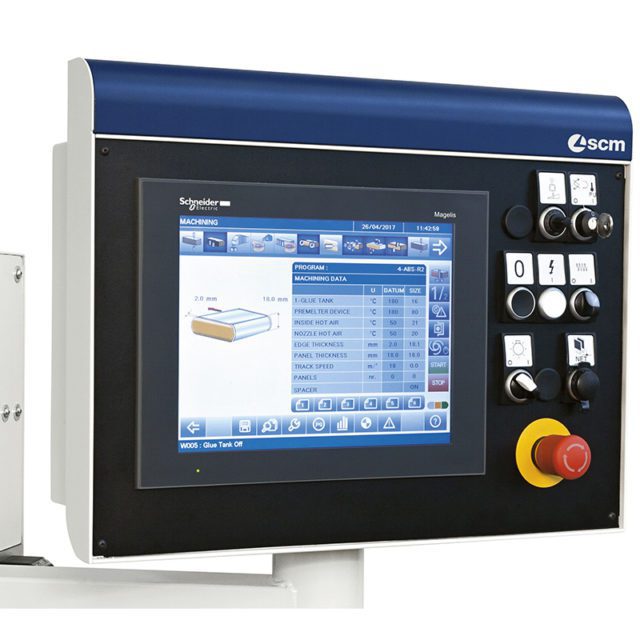
SCM EDGEBANDERS – Ideal for all requirements
The extensive range from SCM is focused on small to medium sized panel processors including compact manually fed machines for radius work, as well as higher production through-feed models with increasing levels of speed, capacity, automation and finishing.
-
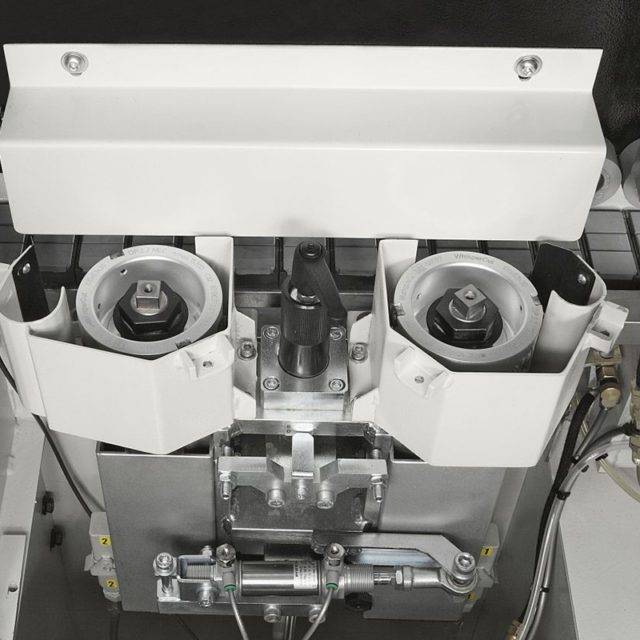
High quality finishing on all models
Pre-milling and corner rounding options are available across all models meaning you can specify the right combination of working units to suit your production without having to invest in unnecessarily high capacity equipment.
-
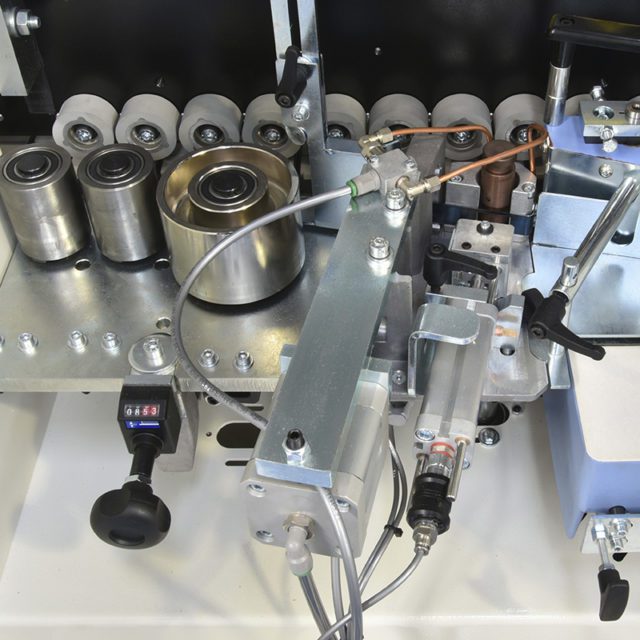
Sell the benefits of PUR glue to your customers
PUR adhesive offers increased resistance to heat and moisture with a thinner glue line compared to more traditional EVA glue – ideal for kitchen and bathroom manufacturers. The optional glue pot allows the use of PUR adhesive with minimal fuss. The unique design includes a simple and efficient draining system for removing residual PUR after use.
Edgebander Frequently Asked Questions
-
What does an edgebander do?
-
An edgebander is a machine used in woodworking to apply a thin strip of material, known as edge banding, to the raw edges of panels, such as MDF or plywood, to give them a finished, professional look. Edge banding helps to protect the core of the panel, improve aesthetics, and increase the durability of the product. The edgebanding process involves feeding the panel into the machine, where adhesive is applied to the edge banding material, which is then pressed against the edge of the panel. The machine also trims any excess material, ensuring a seamless fit. Many edgebanders have additional units for pre-milling, which trims the edge of the panel before the banding is applied, as well as units for trimming, scraping, and buffing to provide a polished, high-quality finish. Edgebanders are essential for creating modern, clean-looking cabinetry, furniture, and interior fittings.
-
-
What are the different types of adhesive used in edge banding?
-
The main types of adhesive used in edge banding are EVA (Ethylene-Vinyl Acetate), PUR (Polyurethane Reactive), and hot-air or laser-applied adhesives. EVA adhesive is the most common, offering an affordable solution that works well with a wide range of materials like PVC and veneer, though it is less resistant to heat and moisture. PUR adhesive provides a much stronger bond and superior resistance to heat, moisture, and chemicals, making it ideal for high-quality and durable finishes, especially in challenging environments. Modern edgebanders may also use hot-air or laser technology to apply pre-applied adhesive on edge banding, resulting in an almost invisible glue line for a seamless, high-end finish. Each adhesive type has its specific advantages, depending on durability, cost, and finish quality requirements.
-
-
Can an edgebander work on curved edges?
-
An edgebander can work on curved edges, but the capability depends on the type of edgebander. Handheld or portable edgebanders are often used for applying edge banding to curved or irregularly shaped pieces since they offer the flexibility needed to follow non-linear contours. These machines allow the operator to manually guide the banding along the curved edge for a consistent application. Stationary or industrial edgebanders for curved work are however available. These operate on a semi-automatic function and require the operator to feed the piece through requiring more manual skill to operate than straight edgebanders.
-
-
What is the role of pre-milling in the edge banding process?
-
Pre-milling in the edge banding process involves preparing the edge of a panel before applying the edge banding by using milling cutters to trim and smooth the panel edge. This step ensures that any imperfections, chips, or roughness from prior cutting operations are removed, providing a perfectly straight and smooth edge. Pre-milling is crucial for achieving an optimal bond between the adhesive and the edge banding, as it enhances adhesion quality and ensures a seamless, professional finish. By removing inconsistencies, pre-milling also helps prevent gaps or misalignments, resulting in a better overall appearance of the finished product, especially important for high-quality cabinetry and furniture production.
-
-
What temperature is needed for edge banding?
-
The temperature needed for edge banding depends on the type of adhesive used, but generally, edge banding adhesive (such as EVA) needs to be heated to around 150-200°C to achieve proper bonding. For PUR adhesives, the required temperature can be slightly lower, typically between 120-150°C, though they often require additional time for chemical curing. The working environment should also be at a moderate temperature, typically 18-25°C, to ensure that the adhesive sets properly without cooling too quickly or becoming too brittle. Achieving and maintaining the correct adhesive temperature is crucial for a strong and consistent bond, as incorrect temperatures can lead to poor adhesion, resulting in peeling or weak edges.
-





